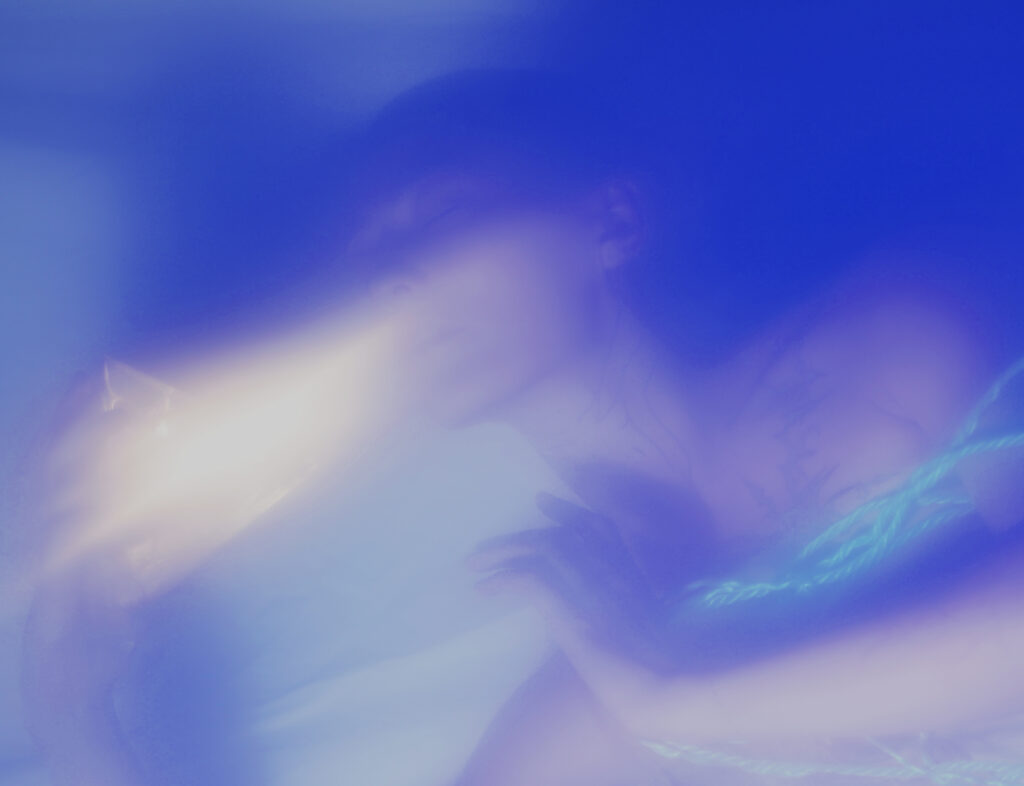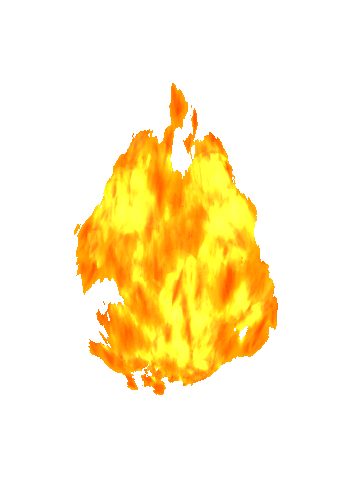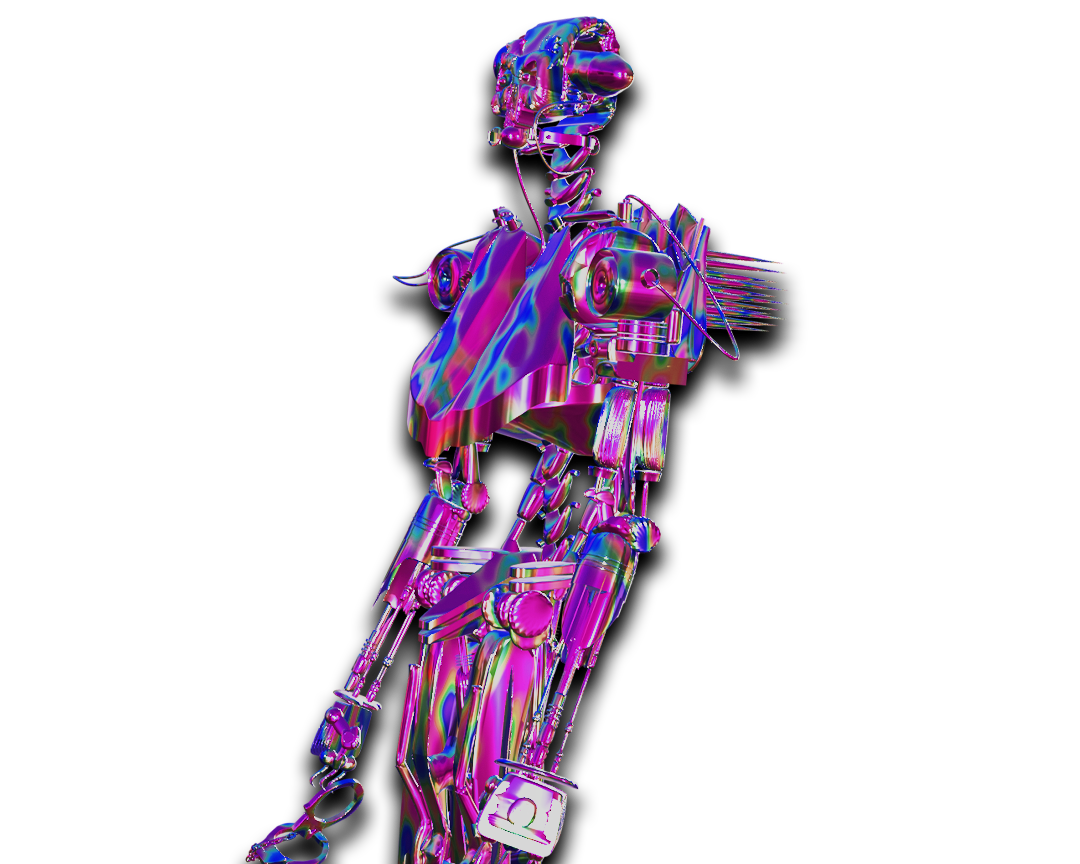Bones Tan Jones
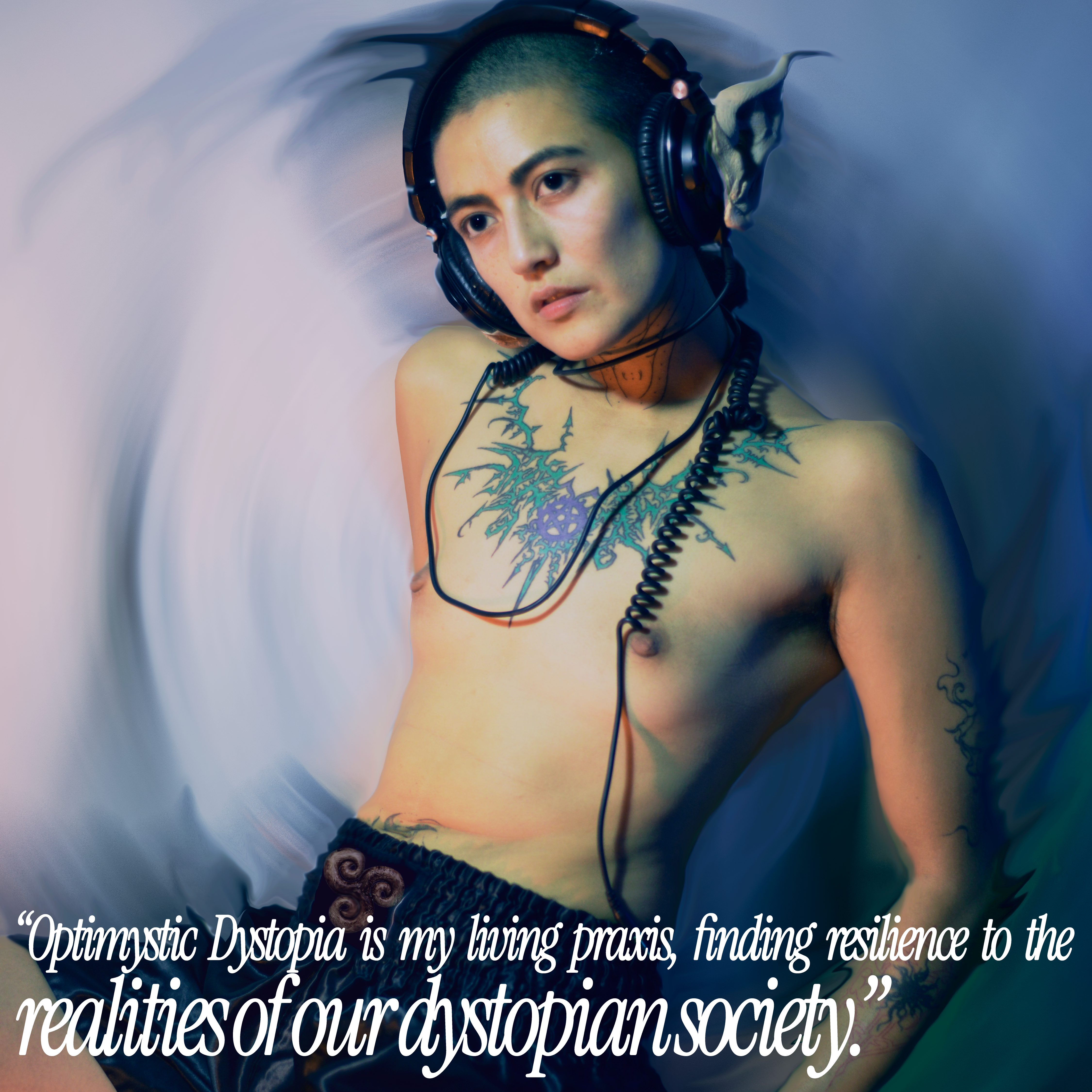
Optimystic Dystopia is my living praxis, (…) it is the idea of finding resilience to the realities of our dystopian society through solidarity, community and kinship.
Bernardo Alves: You speak a lot in other interviews about this concept of an Optimistic Dystopia, wherein you describe it as, “a current/future state of dystopia” which is one that’s “envisioned through a queer lens”. I love this idea of taking dystopia seriously but finding the resilience to, through community and solidarity, create your own reasons to be optimistic.
I think this is maybe most literally visible for me in your piece Indigo Zoom – particularly in that final scene where Indigo arrives to the seaside colony and is finally able to breathe. How do you think your queerness affects the ways you form community? What is it within queerness that you think allows for this envisioning of an optimistic dystopia?
Bones tan jones: Optimystic Dystopia is my living praxis, and you’re right in understanding that it is the idea of finding resilience to the realities of our dystopian society through solidarity, community and kinship.
Queerness definitely showed me what community could look like, even within all the flaws that come with it. In Indigo Zoom, not only do they find community, nourishment and clean air with the sea witches by the ocean, but they also find their own inner power, with the final scene, the coven perform a ritual of sorts, ending with Indigo walking towards the sea’s edge alone. As an only child, growing up with no siblings, I was constantly searching for kinship within my friendship groups. Being in a family means sharing similar experiences, traumas and beliefs, and I found this when moving to the big city from my small hometown. I talk about flaws because even within the communities we wish to create for ourselves, we will fail, make mistakes, not get along with every queer person, get things wrong and thats okay! This is true community because it is not perfect, and that is what Optimystic Dystopia helps me accept. We often think that creating ‘queer spaces’ means we are making our own little utopia, but through experience, and my own practice, I have come to understand that no matter how many shared experiences, needs and desires a group of people have, we will always find friction, and it is in this friction that we can learn to grow, communicate and become resilient. The seed must start in the dirty darkness of the soil.
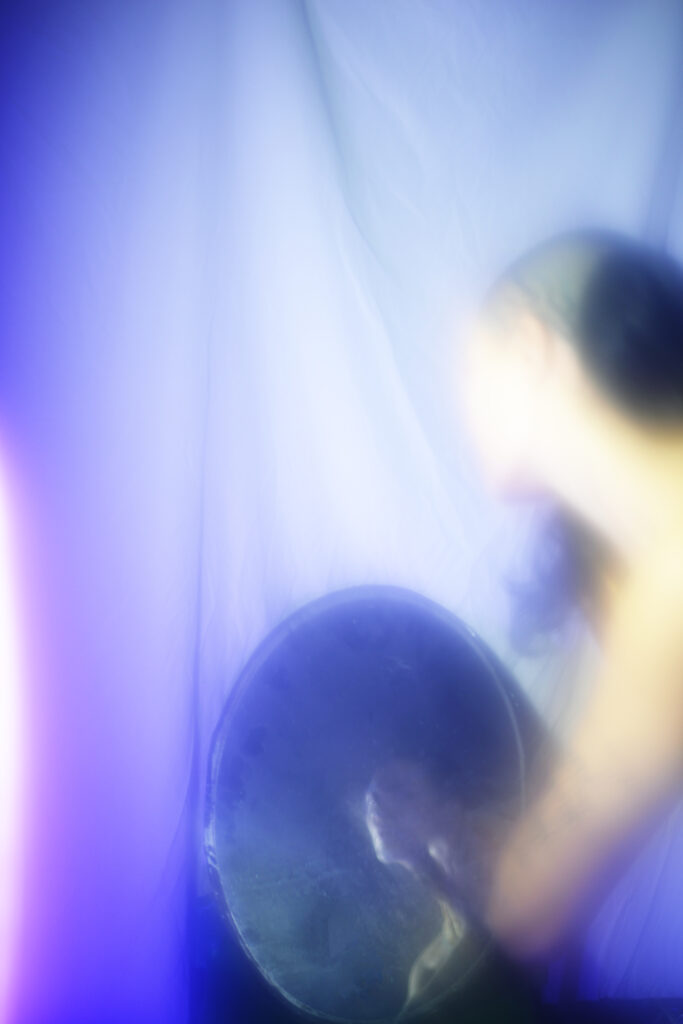
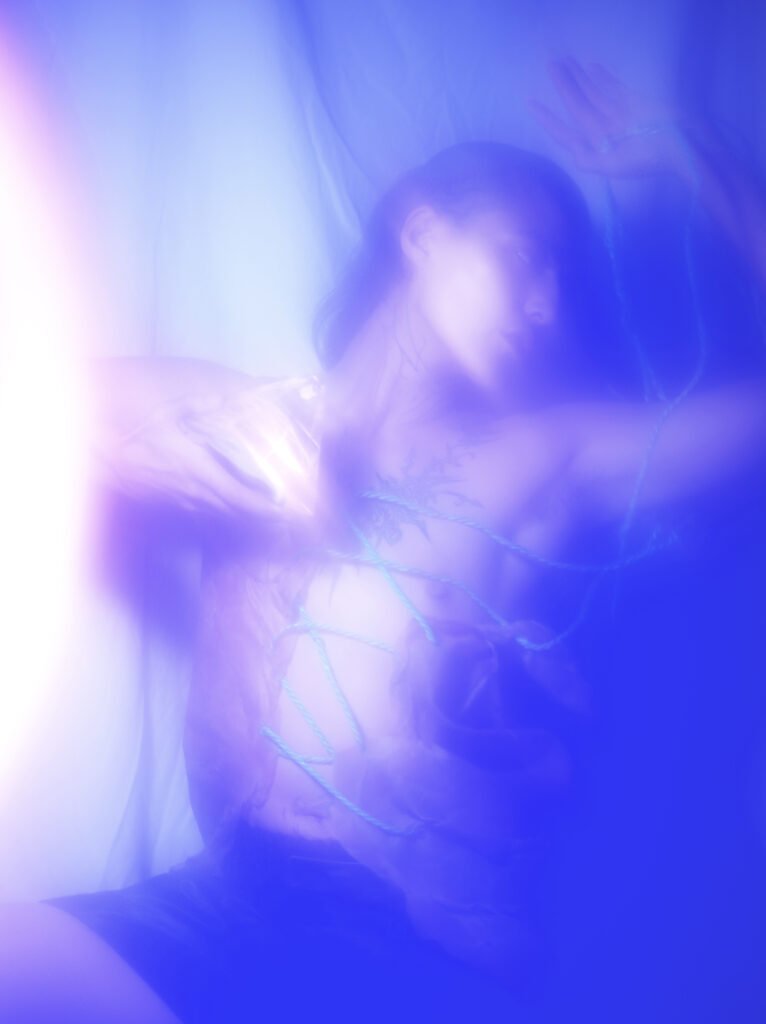
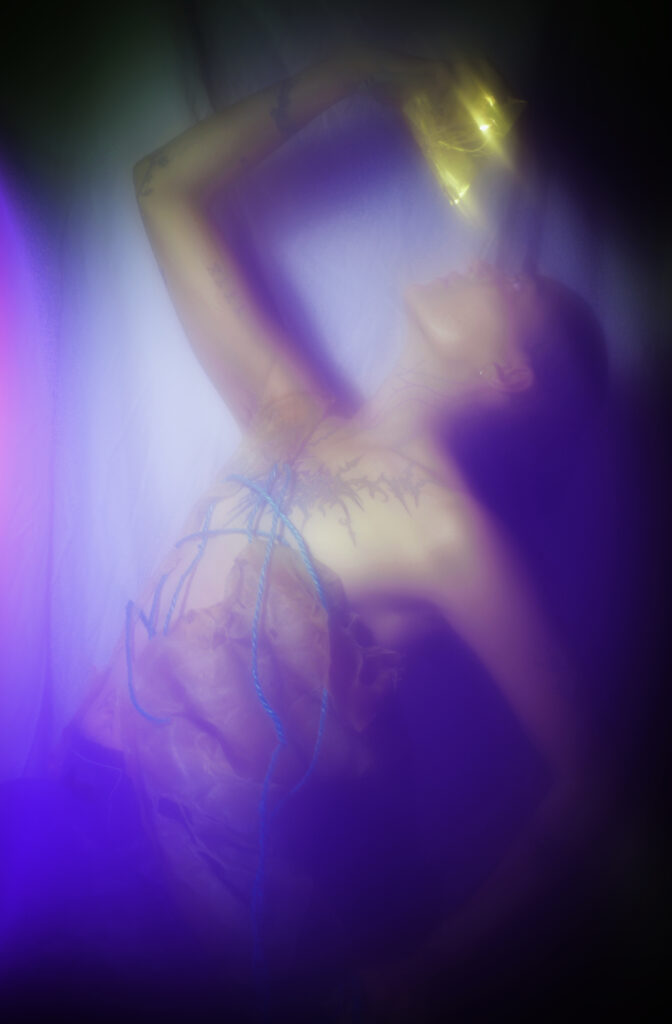
BA: In what I’ve seen from your ouvre, I often find a sense of yearning in your relationship to nature: it’s healing powers, it’s power to recharge, and the sadness that comes with realising how our society seems structured to distance us from it. A central theme emerges that developing a relationship with nature is a form of rebellion not only against the political and economic systems of the Anthropocene, but also against the communal alienation that comes from living within it. How would you say your relationship with nature has changed over the years personally and within your work, and how that development affected – and been affected by – your activism?
BTJ: I grew up in a very green countryside town. My early years were spent wandering down country roads, walking barefoot through fields dodging cow dung, and sitting alone in the local swamp behind my house. On weekends we would alternate family visits between my birthplace of Liverpool, a bustling industrial city, and Wales, my spiritual homelands, a place of lush magic and mystery. This connection to both the industrial and the spiritual was embedded in me quite young, but it wasn’t until I temporarily severed all connection to nature for a brief period when moving to London for art school, when I really felt my inner forest yearning. I dived head first into the city life of lust for concrete, and sunrises over the river post-rave.
Of course, London is the UK’s greenest city, and now I do not find any lack of greenery as I have become familiar with the not-so secret green spaces that are abundant here! But the clues that led me to knowing the green within the city was by witnessing small moments of plant magic, noticing dandelion leaves push through the asphalt, and the fossils of ancient crustaceans in the marble floors of the shopping malls.
Nature is everything, even the synthetic ‘human-made’ objects. But nature is not always peaceful, and we ourselves can build toxic environments that push us further away from the soil.
Optimystic Dystopia was born into my mind while I was living alone in a warehouse studio space where I dwelled in North East London. Surrounded by industrial manufacturing businesses, and a massive waste processing facility, the air was thick with dust on the daily. Yet, walk 3 minutes further than the mountains of trash, and you find yourself surrounded by marshland with abundant wildlife, herbs for foraging, and a river that the Vikings would have historically relied on. Ironically the reason that area has remained artist’s warehouses for so long is because the waste facility plant is putting property developers off building fancy flats there. For me, this environment was the living, breathing (gasping for air) example of optimystic dystopia.
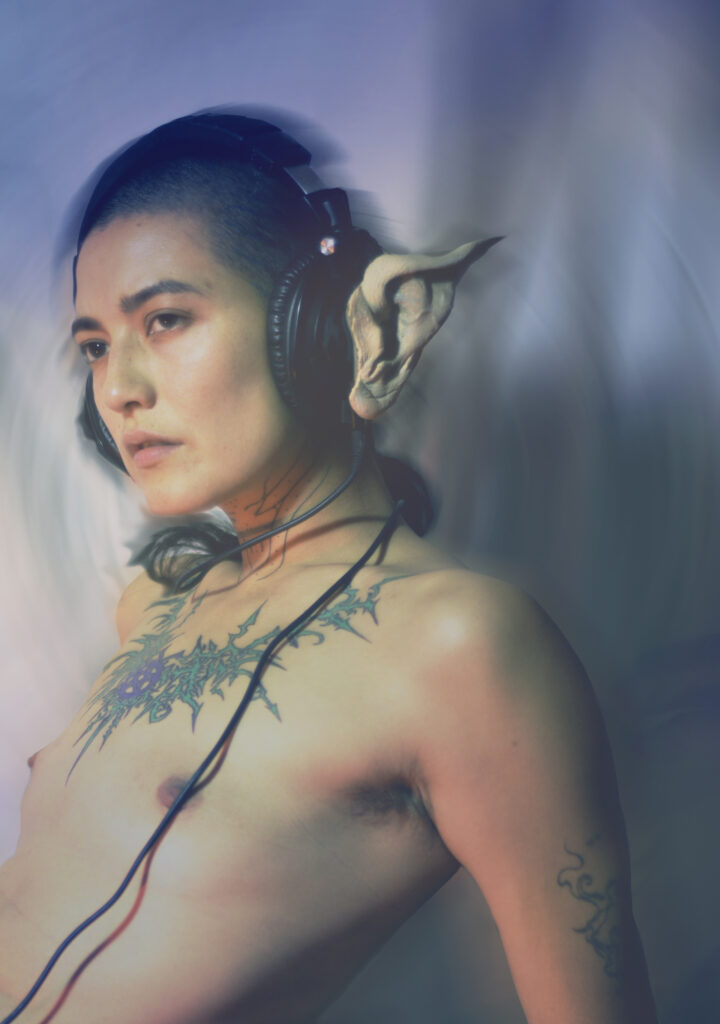
I would say I don’t see myself as an activist, as there are many folks out there dedicating their lives to direct action. I am however, a human who seeks to play an active role in their community, environment, and spaces I find myself in daily. I wish to create things that create things, good things, helpful things, growth (in a healing, not economic, sense)
BA: You work with several different mediums, often creating pieces that utilise several mediums in dialogue with each other, sort of in. Is that the result of a conscious effort? Can you talk to me about the decision-making process that goes into creating the scapes you do?
BTJ: I studied sculpture at art school, although the course was titled ‘3D’. Other students took 2D, 4D (moving image) or XD (cross dimension). I found it weird that our art school (CSM) chose dimensions to separate the students, but also loved playing with the concept of dimensions within my work. I work in multiple dimensions, I probably would have suited the (rawr) XD course, but now what ever I create, I see it as a sculpture, existing in many dimensions. A song is a sculpture of sound, an immersive installation is a sculpture of space and light and objects, a painting is a tiny sculpture, we live in the physical 3D afterall. Film to me is a space where I can utilise many skills and interests, from crafting, story teling, writing, performing, digital media and composing – its the biggest sculpture for me ! and I can’t wait to make more films over the next few years!
BA: I think relatedly, another aspect of your work that interests me a lot is the lore that you create for all these different characters and creatures. Parasites of Pangu and your films come to mind. In a lot of ways this makes your work pretty narrative and allegorical. What do you think the value is in this sort of storytelling approach?
BTJ: I’ve been fascinated with myth, fantasy and sci fi since a child, so it makes sense i have gravitated towards it in my practice. Speculative fiction is a place we can explore different worlds. They’re myths and fables, with allegories that may or may not inform your real world.
To the folks who can access the magic of being swept up by a story, and letting that massive lie (spec fic stories are lies tbh) alchemise your real world being and alter the way you move through the world and the decisions you make, I think is extremely powerful. Stories are a place we can learn from other people’s experiences or mistakes.
BA: I want to take a moment to talk to you about your music. What was it about “Better Off Alone” that made you want to cover it? I feel like that’s an unexpected pick.
BTJ: Honestly, it was 2021 and I was going through a massively shit break up , one of those breakups that changes you forever (for the better). I live alone on my boat and I was broken down on the river quite far out of London ( on that Viking river I mentioned earlier) and I would wake up everyday and put Alice Deejay’s Better off Alone on. On repeat, every morning. For idk how many weeks, but a long, long long time. The ADHD in me didn’t get bored, it still doesn’t… its a banger! Its one of those truly euro-trash songs that somehow speaks to so many people, like, it touches you!! I covered it as a joke because thats another hobby of mine, doing glitchy loopy piano covers of random 90’s pop songs… i’ve got an archive somewhere on one of my instagram accounts, if you ever wanted to dig for them… Daniel Beddingfield’s ‘Gotta Get Thru This’ was a 2020 fav.
